Inside this issue: Pacing tips, informal assessment, and a fun new printable
|
|
|
|
|
ISSUE 2 | SEPT. 2019
|
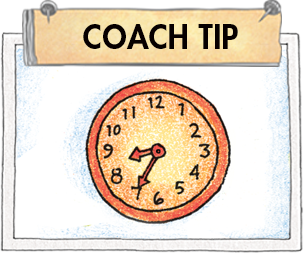 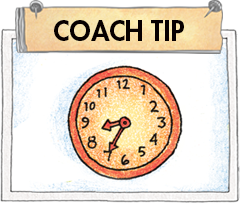
Superkids coach Samantha Stanley suggests setting a timer to help keep Daily Routines nice and short.
|
|
| ISSUE 2 | SEPT. 2019 |
|
In this issue, we’re talking all about Daily Routines and keeping it moving!
Each lesson begins with Daily Routines. The routines are important because they help reinforce critical skills and provide you with a quick assessment.
The 10–15 minutes for Daily Routines are not meant to reteach skills, rather teachers should use this time to make note of students who need reteaching. Use Ten-Minute Tuck-Ins and activities from the Superkids Skill-Building Book during small-groups instruction to reteach skills.
|
|
|
|


|
How do teachers manage their class during Daily Routines? Here are four different takes on the topic from our Facebook community:
Rachel T.: “You have to find different ways to teach and engage the students. Sometimes we do them whole group, and sometimes small groups while other students are in centers. You can do the daily routine on a smart board, white board, chart paper, student white boards, journal paper…switch it up to keep it fresh.”
|
|
|
Lisa W.: “I always do the daily routines during my morning meeting. I have done the handwriting portion whole group. We discuss/read the sentences as a group. In the beginning of the school year, I was having them use the white boards, but I have since moved on to the ice cream paper in their journals. This way, parents can see their child's progression and where extra help is needed.”
Debbie G.: “We do the handwriting practice as whole group. I set a timer for 7 minutes. I circulate around the room, using a highlighter to write the letters for students who have difficulty forming letters. The students trace over them. At the beginning of the year I set the timer for 10–12 minutes. As the year progresses and they gain confidence I don't need to highlight nearly as much. You want to be careful as far as putting the handwriting in a center since the kids need constant reminders about proper letter formation. It makes a huge difference in both the writing and reading process when they follow the proper formation of letters.”
|
|
|
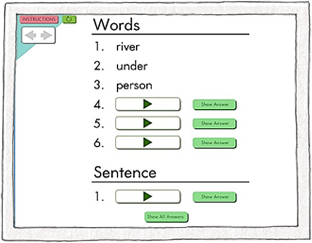 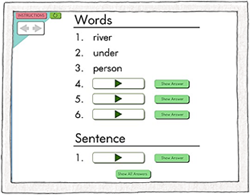
|
|
|
|
New Superkids teachers especially often ask for ways to make core lessons go faster.
Take a moment to review the Daily Routines portion of your lessons and the amount of time spent on this warm-up step. Consider using the interactive Daily Routines linked from the Teacher Portal Daily Lesson Page for greater efficiency on this important step.
|
|
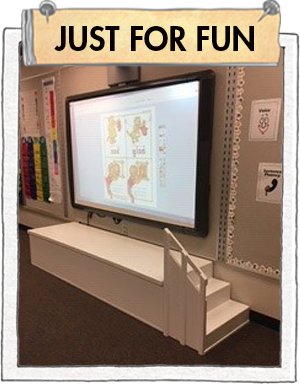
|
Ms. Kepner really gives her kindergarteners a boost when they work at the board.
She placed this helpful platform in front of her interactive white board so all students can easily reach any part of the board. What a SUPER idea!
|
|
|

|
|
 
|
|
|
|
All children enter your classroom with varied skills, and you will have specific observational data from Daily Routines. Now what?
For reading lessons, we recommend teaching children in small groups, giving you the opportunity to listen to individual children read aloud as you teach the lessons. Grouping children based on similar reading abilities allows you to modify your guided-reading instruction to match the particular needs of each group.
You can also use small groups flexibly to provide instruction that will target different skills and needs. Informally assess children’s skills by observing them as they complete Daily Routines, Word Work, and Reading. Formal assessments can be used to further guide decisions about grouping.
|
|
|
|
|
|
|
We'd love to share your tips, activities,
and inspiration with other Superkids teachers!
|
|
|
|
|
|
|
|
|